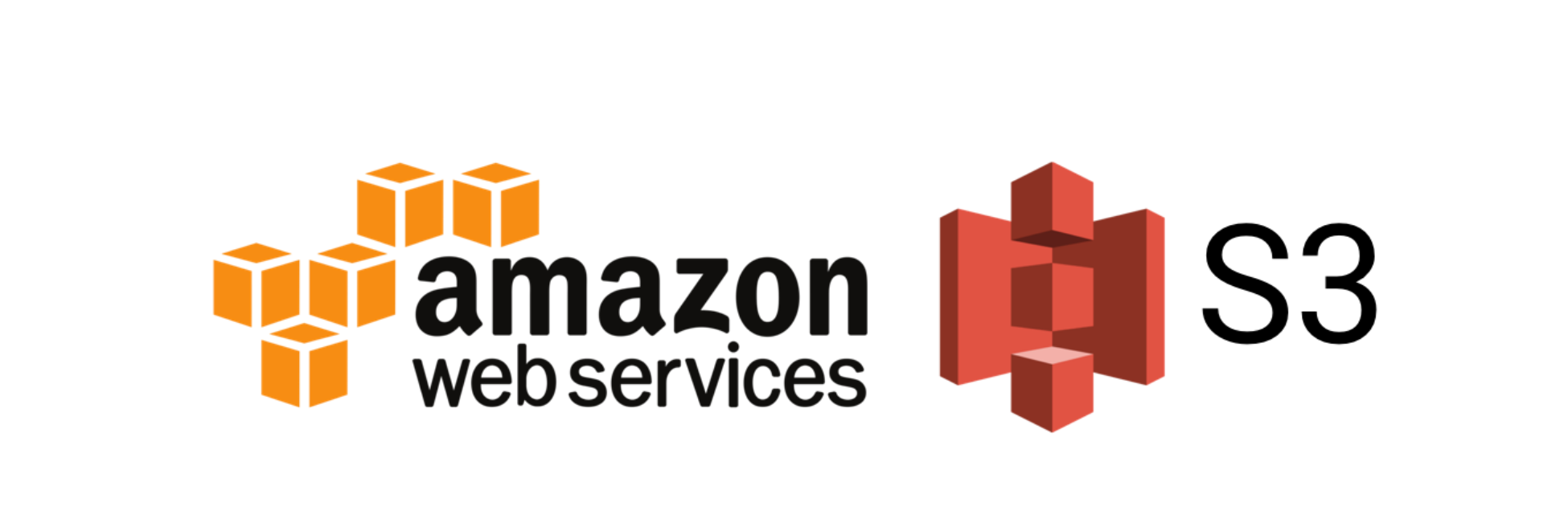Simple Details About - Simple Storage Service

In the realm of cloud computing, Amazon Simple Storage Service (S3) stands tall as a cornerstone, revolutionising the way businesses store and retrieve data. In this blog post, we will embark on a journey to demystify the essence of AWS S3, shedding light on its fundamental concepts and highlighting its significance in the cloud landscape.
Understanding AWS S3: The Basics
Amazon S3 is an object storage service offered by Amazon Web Services (AWS). At its core, S3 is designed to store and retrieve any amount of data from anywhere on the web, providing a simple web interface for users to manage their storage needs. Here are some key elements that define AWS S3:
1. Objects:
- In S3, data is organized into "objects." An object, in this context, can be any type of data, such as a document, image, video, or application. Each object is assigned a unique key within a bucket, making it easily accessible.
2. Buckets:
- Think of a bucket as a top-level container for objects in S3. Buckets help organize and manage data, acting as a logical storage unit. Each bucket has a globally unique name, allowing it to be identified across the entire AWS S3 landscape.
3. Regions:
- AWS S3 is a globally distributed service with data centers strategically located around the world. These locations are referred to as "regions." When creating a bucket, you can choose the region where you want your data to be stored, considering factors like latency and compliance requirements.
Key Features and Benefits of AWS S3:
1. Durability and Availability:
- S3 is designed for 99.999999999% (11 9's) durability, ensuring that your data is highly resistant to loss. It also provides high availability, allowing you to retrieve your data whenever needed.
2. Scalability:
- With S3, you can scale your storage needs seamlessly. It accommodates any volume of data, from a few gigabytes to petabytes, making it suitable for both small applications and large-scale enterprise solutions.
3. Security:
- S3 offers multiple layers of security, including bucket policies, access control lists (ACLs), and integration with AWS Identity and Access Management (IAM). This ensures that your data is secure and accessible only to authorized users.
4. Cost-Effective:
- S3 provides a pay-as-you-go pricing model, allowing you to pay only for the storage you use. With various storage classes available, you can optimize costs based on your data access patterns.
Getting Started with AWS S3:
Step 1: Create an S3 Bucket:
- Log in to the AWS Management Console, navigate to S3, and create a new bucket. Choose a unique name and select the region that best suits your needs.
Step 2: Upload Objects:
- Once the bucket is created, you can upload objects to it using the AWS Management Console, AWS CLI, or SDKs. Objects can be files, documents, images, or any other data type.
Step 3: Set Permissions:
- Configure access permissions for your bucket using IAM policies and bucket policies. This ensures that only authorized users can interact with your S3 resources.
Conclusion: Unlocking the Power of AWS S3
In the ever-evolving landscape of cloud computing, AWS S3 emerges as a stalwart, providing a scalable, durable, and secure solution for storing and retrieving data. Whether you're a startup looking for a cost-effective storage solution or an enterprise managing vast datasets, AWS S3 offers the flexibility and reliability needed to propel your business forward. Embrace the power of S3 and elevate your cloud storage experience to new heights.
Remember, AWS S3 is not just a storage service; it's a catalyst for innovation, enabling businesses to transcend traditional storage constraints and embark on a seamless journey into the world of cloud-powered possibilities.
#AWS #CloudStorage #S3 #ObjectStorage #TechExploration #AWSBasics
Comments
Post a Comment